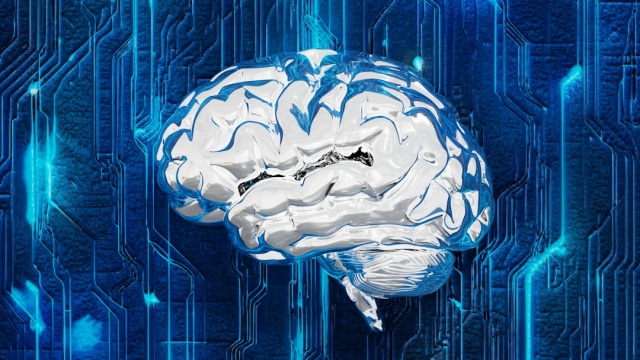In an era where data plays a significant role in decision-making across various sectors, the emergence of AI-driven analytics has transformed how organizations interpret and leverage data. By harnessing the power of artificial intelligence, businesses can gain deeper insights, streamline operations, and make data-informed decisions that drive growth and efficiency. This article explores the significance of AI-driven analytics, the tools that support it, and its real-world applications across industries.
Understanding AI-driven Analytics
At its core, AI-driven analytics refers to the use of artificial intelligence technologies to enhance data analysis processes. This approach allows organizations to sift through vast amounts of data quickly and efficiently, uncovering patterns and trends that may not be immediately apparent through traditional analytical methods. With advanced algorithms and machine learning capabilities, analytics powered by AI can transform raw data into actionable insights, enabling organizations to respond proactively to market changes, customer needs, and operational challenges.
Key Tools and Technologies for Enhanced Analytics
Numerous tools and technologies leverage AI to improve analytics capabilities. These tools vary in complexity and application, catering to different organizational needs and data types. Some key examples include:
- Predictive Analytics Tools: These tools utilize machine learning algorithms to analyze historical data and forecast future outcomes. By identifying trends and patterns, businesses can make informed decisions about inventory management, sales strategies, and marketing campaigns.
- Natural Language Processing (NLP): NLP enables computers to understand and interpret human language. This technology can be used to analyze customer feedback, social media interactions, and other textual data, providing organizations with insights into customer sentiment and behavior.
- Data Visualization Software: AI-driven data visualization tools can automatically generate visual representations of complex datasets, making it easier for users to identify trends and anomalies. These tools often include interactive dashboards that allow users to explore data from multiple angles.
- Automated Reporting Systems: These systems use AI to compile and analyze data, generating reports that highlight key performance indicators and other essential metrics. This automation saves time and ensures that stakeholders have access to up-to-date information for decision-making.
Organizations looking to implement AI-driven analytics can explore various platforms and solutions that integrate these technologies, providing comprehensive analytics capabilities tailored to their specific needs. Resources that delve deeper into the world of AI-driven analytics can be found at Versusly.
Real-World Applications and Case Studies
The benefits of AI-driven analytics are evident in various industries, where organizations have successfully implemented these technologies to enhance their operations. For instance:
- Healthcare: AI-driven analytics is revolutionizing patient care by enabling healthcare providers to analyze patient data and predict potential health issues. Hospitals can identify at-risk patients through predictive modeling, allowing for early intervention and improved health outcomes.
- Retail: Retailers are leveraging analytics powered by AI to optimize inventory management and personalize customer experiences. By analyzing purchasing patterns, retailers can anticipate customer needs and tailor marketing efforts accordingly, leading to increased sales and customer satisfaction.
- Finance: In the financial sector, AI-driven analytics helps institutions detect fraud, assess credit risk, and manage investments. By analyzing transaction data in real time, financial organizations can identify suspicious activity and mitigate risks effectively.
The Future of AI in Analytics
As the landscape of data analytics continues to evolve, the role of AI is expected to expand further. Emerging trends, such as augmented analytics, which combines automated insights with human expertise, promise to enhance decision-making processes even more. Additionally, the growing emphasis on data ethics and privacy will shape how organizations implement AI-driven analytics, ensuring responsible use of data while maximizing its potential.
In conclusion, AI-driven analytics represents a significant advancement in the ability to harness data for informed decision-making. By understanding the tools available and exploring practical applications, organizations can unlock the full potential of their data, driving innovation and success in their respective fields.







